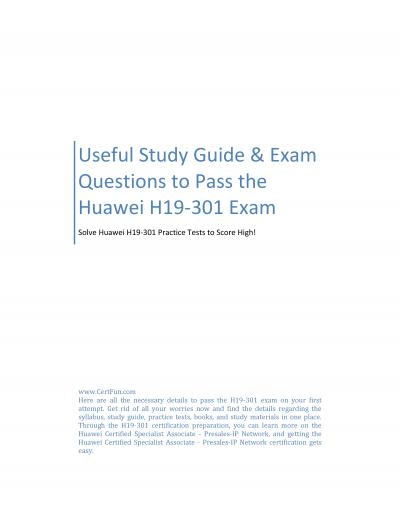PPT-CCNA 200-301, Volume 2 Chapter 11
Author : FoxyLady | Published Date : 2022-07-28
Quality of Service QoS Objectives Explain the forwarding perhop behavior PHB for QoS such as classification marking queuing congestion policing shaping Bandwidth
Presentation Embed Code
Download Presentation
Download Presentation The PPT/PDF document "CCNA 200-301, Volume 2 Chapter 11" is the property of its rightful owner. Permission is granted to download and print the materials on this website for personal, non-commercial use only, and to display it on your personal computer provided you do not modify the materials and that you retain all copyright notices contained in the materials. By downloading content from our website, you accept the terms of this agreement.
CCNA 200-301, Volume 2 Chapter 11: Transcript
Download Rules Of Document
"CCNA 200-301, Volume 2 Chapter 11"The content belongs to its owner. You may download and print it for personal use, without modification, and keep all copyright notices. By downloading, you agree to these terms.
Related Documents

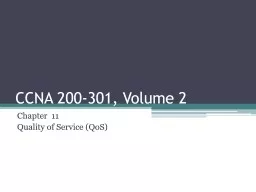

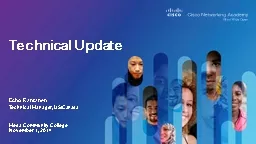
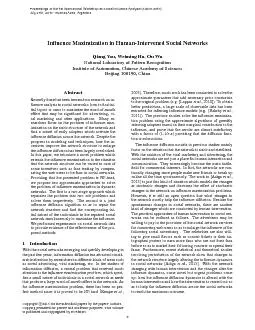



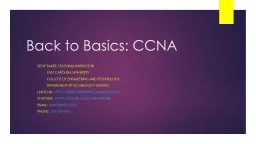
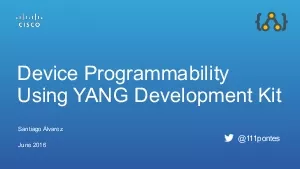
![[FREE]-CCNA 200-301 Official Cert Guide, Volume 1](https://thumbs.docslides.com/984353/free-ccna-200-301-official-cert-guide-volume-1.jpg)
![[DOWLOAD]-CCNA 200-301 Official Cert Guide, Volume 2](https://thumbs.docslides.com/984363/dowload-ccna-200-301-official-cert-guide-volume-2.jpg)
![[DOWLOAD]-CCNA Certification Practice Tests: Exam 200-301](https://thumbs.docslides.com/984462/dowload-ccna-certification-practice-tests-exam-200-301.jpg)
![[eBOOK]-CCNA: Guía para principiantes 3 en 1+ Consejos para realizar el examen+ Estrategias](https://thumbs.docslides.com/985425/ebook-ccna-gu-a-para-principiantes-3-en-1-consejos-para-realizar-el-examen-estrategias-sencillas-y-eficaces-para-aprender-sobre-la-certificaci-n-ccna-routing-and-switching-spanish-edition.jpg)
